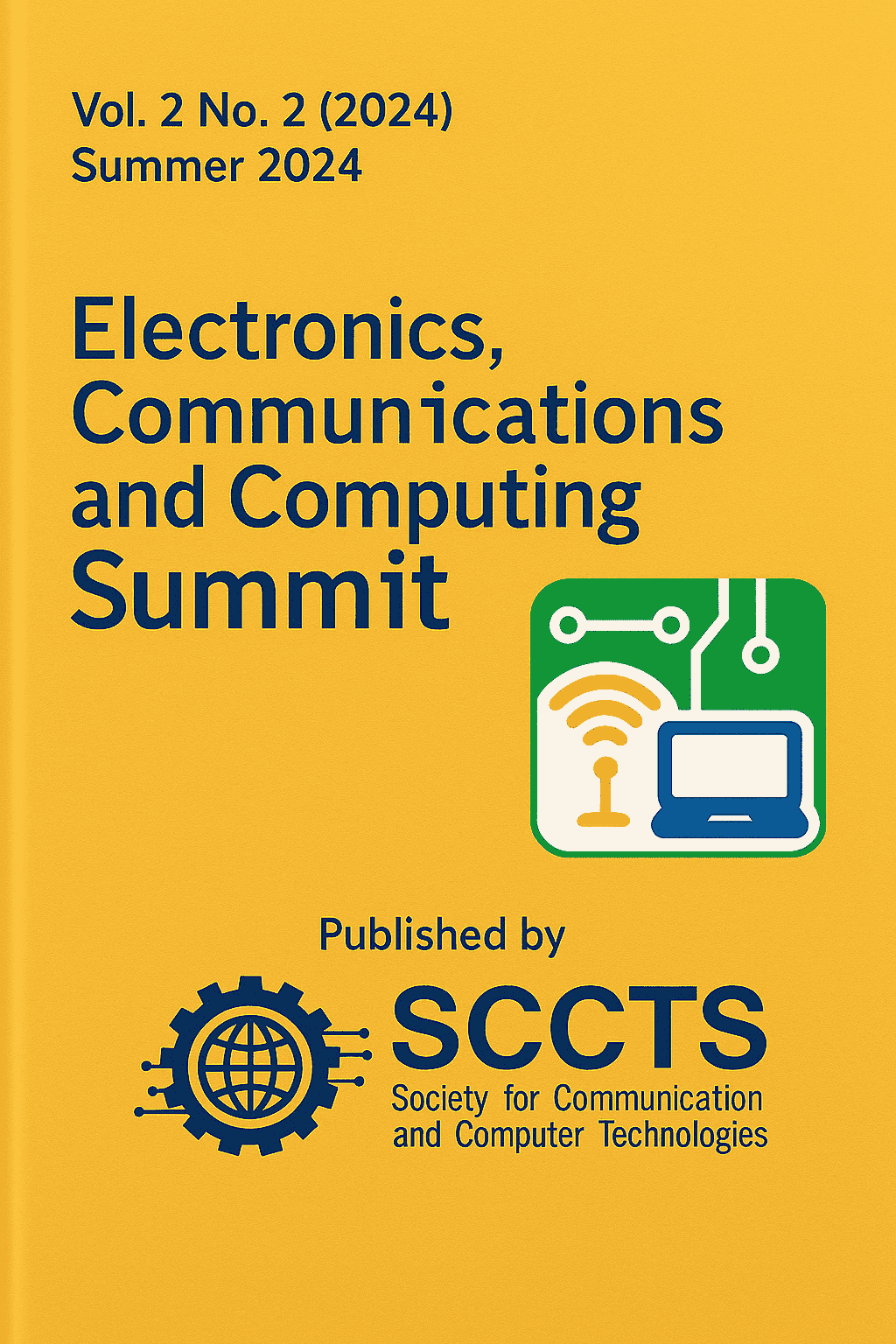Design and Evaluation of Blockchain-Based Secure Communication Protocols for IoT Networks
Keywords:
Blockchain, IoT Security, Secure Communication Protocols, Smart Contracts, Lightweight Consensus, Data Integrity, Device Authentication, Decentralized Trust, Permissioned Blockchain, Resource-Constrained Networks.Abstract
The Internet of Things (IoT) has drastically grown in size and has an extremely distributed environment with homeogeneous devices, dynamic topologies, and with constrained computational resources. Centralized traditional security systems and the Public Key Infrastructure (PKI) based solutions are becoming quite unsuitable due to the high level of confidentiality, integrity and authentication required in such a cramped down environment. The current paper suggests a blockchain-based secure communications protocol dedicated to the IoT networks. The framework uses a permissioned lightweight blockchain that incorporates optimized consensus methods (e.g., Practical Byzantine Fault Tolerance) and the use of smart contracts to offer access control capabilities in order to provide a decentralized and unalterable trust layer. Its architecture allows the secure messaging among peers, device verification, and logs of events by authentication with low computation costs. The proposed system is assessed with respect to key performance indicators of latency, transaction throughput and energy efficiency by simulating it on a typical smart city deployment scenario and achieving the improvements of 35 percent reduction in data verification time, 25 percent enhanced throughput and 18 percent improvement in energy efficiency. The findings regarding the feasibility of blockchain technology to use as a scalable and secure communication backbone of next generation of IoT deployments are confirmed.



